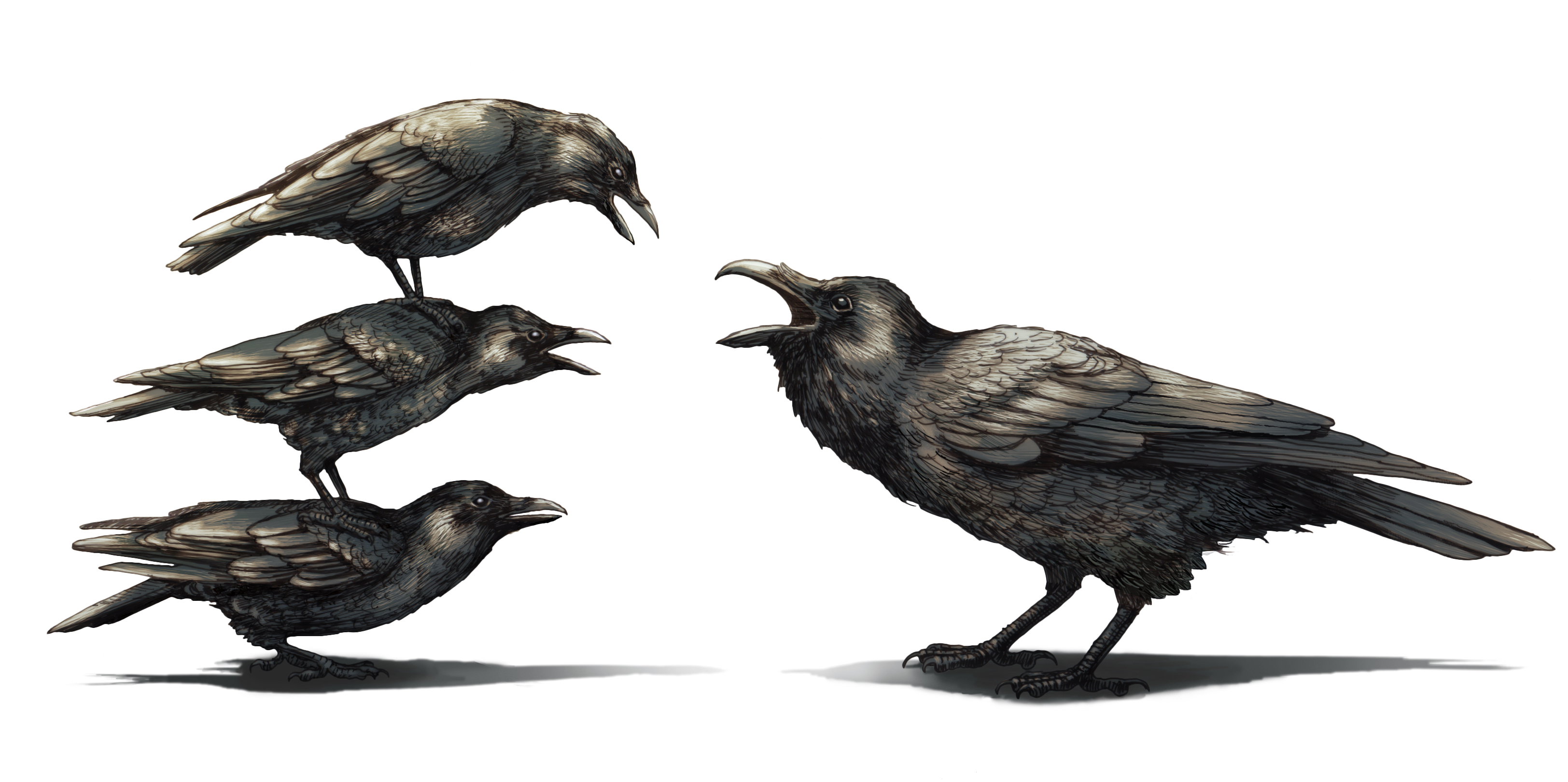
In crow-raven conflict, crows are almost always the aggressor
For the average person, it’s usually hard to tell the difference between crows and ravens. Although, for the avid aviary observer, this distinction is likely as plain as the beaks on their faces. And for the crows and ravens themselves, their differences are the source of significant aggression between the two species where their territories overlap. But who is the instigator of these aggressive interactions between the two species? A new study in The Auk: Ornithological Advances uses citizen science data to find the answer.
Researchers from Cornell University used more than 2,000 publicly collected and submitted observations from around North America to assess the interspecies aggression between crows (American and Northwestern) and Common Ravens. Results showed that both species of crows were almost exclusively the instigators in aggressive interactions with ravens, no matter where the interaction was documented in North America – about 97% of the time, crows struck first.
Observations determined that crows’ aggression was most frequent during the breeding season, which is believed to be due to nest predation by ravens. Aggression during the winter is likely explained by crows attempting to deter nest predation preemptively, while also defending the resources they would need for nesting later during breeding season. It was also observed that crows mostly attacked in small groups, avoiding one-on-one fights with ravens.
All of the observations used in this study were from citizen scientists, which shows how useful this depot of data can be for such large-scale studies.
“There are two take-home messages. First, we show that bigger birds do not always dominate smaller birds in aggressive interactions, and that social behavior may allow smaller birds to chase off larger birds,” explains Ben Freeman of Cornell University. “Second, this is a case example of the power of citizen science. It would be next to impossible for even the most dedicated researcher to gather this data across North America. But because there are thousands of people with expertise in bird identification and an interest in bird behavior, we can use data from eBird to study behavioral interactions on a continental scale.”
This study serves as a look into the interspecies dynamics between crows and ravens, while also being a shining example of how citizen science data can assist in studies over large geographic areas that would normally be impossible for researchers to cover.
—
By Connor Ertz, Earth.com Staff Writer
Image Credit: Phillip Krzeminski













